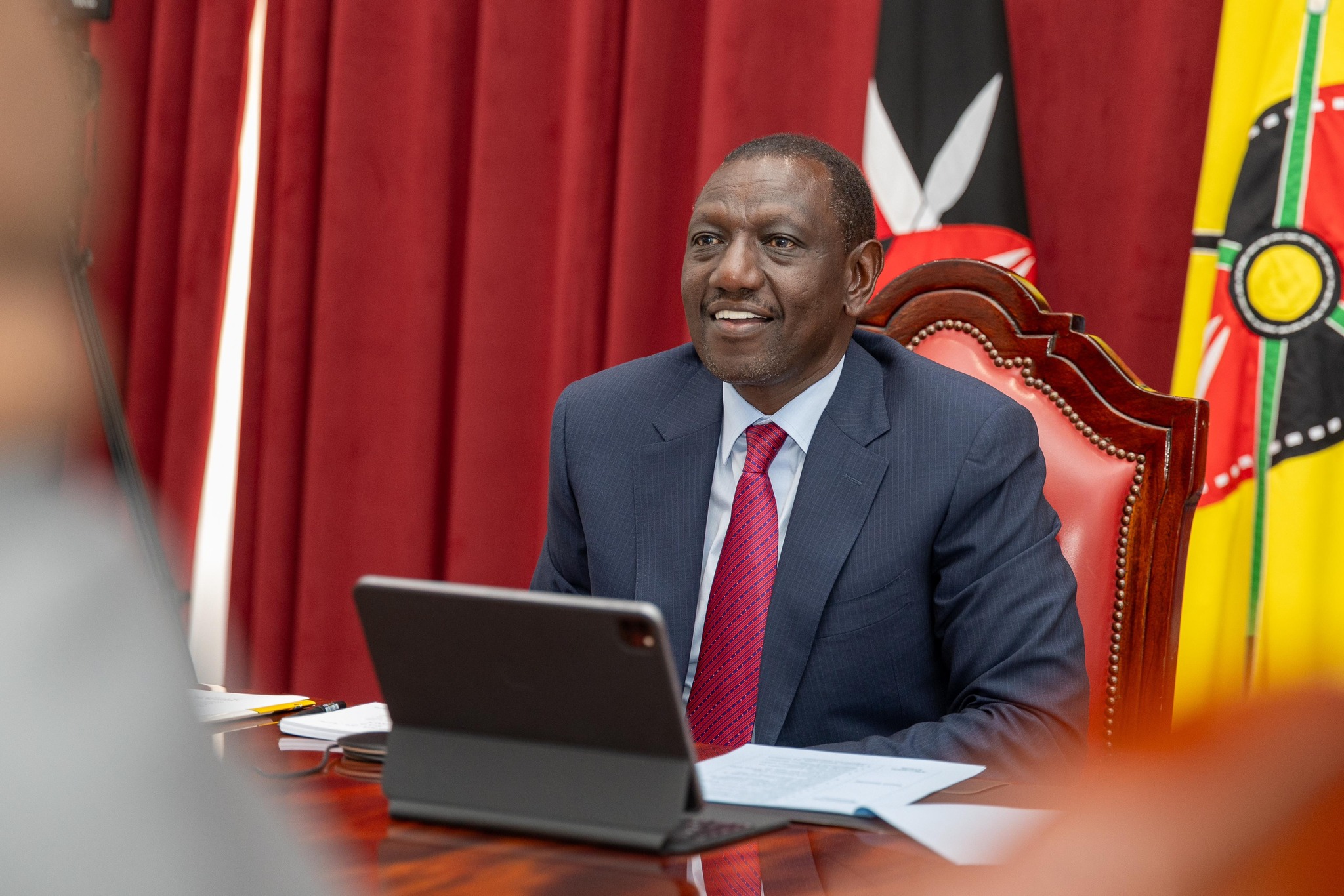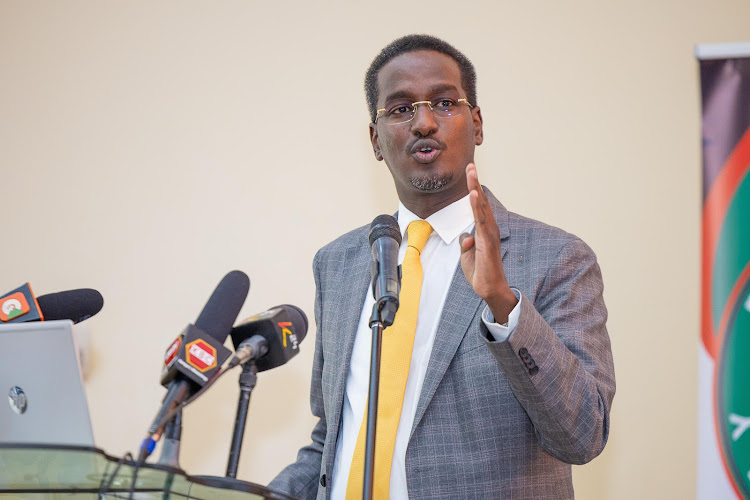As Kenyans reel under the weight of a surging cost of living, driven by heavy taxation, unpopular policies, and what critics term misplaced priorities, new details show that President William Ruto’s administration took on KSh 68.6 billion in new loans between September and December 2024.
According to official disclosures, the Kenya Kwanza administration entered into 18 new loan agreements with both bilateral and commercial creditors. Of these, three loans were signed with bilateral lenders, while a staggering 15 loans were sourced from the China Development Bank.
The loans, though largely targeted at infrastructure and public sector reform, have triggered public concern over the growing debt burden, especially as many households continue to struggle with the effects of soaring prices and shrinking incomes.
One of the bilateral agreements includes a loan from the French government to finance the National System Control Centre (NSCC) for Kenya’s electricity grid. Signed on 3 October 2024, the loan is worth EUR 34,181,758, equivalent to KSh 4.6 billion. It aims to enhance national grid stability and resilience against physical and cyber threats. Repayment will begin in July 2030 and continue semi-annually until January 2045.
Another major bilateral facility was secured from Germany under the Kenya Reform Financing Agreement. Signed on 11 September 2024, the loan totals EUR 60 million (approximately KSh 8.07 billion). It supports Kenya’s reform agenda under the “Bottom-Up Economic Transformation Agenda,” particularly in transitioning to a greener and more inclusive economy. Repayments will begin in May 2043, and continue until November 2054.
On the commercial side, the China Development Bank extended loans primarily for road upgrades and maintenance projects across the country. These include: Tawa–Nguluni Road Upgrade and Maintenance: Signed on 6 September 2024, the loan is valued at CNY 103.8 million (approximately KSh 1.85 billion). Repayments start in October 2027 and end in April 2031.
Kinyach–Arror–Kapsowar Road Upgrade: Signed on 6 September 2024, this loan is worth CNY 193.4 million (approximately KSh 3.45 billion), repayable in eight instalments from October 2027 to April 2031. Notably, 80% of the loan covers the Sinosure insurance premium and contract costs.
Ichamara–Kariti Road Network Upgrade: Signed on 6 September 2024, the loan involves CNY 87.7 million (approximately KSh 1.57 billion). Repayments will be spread across eight instalments beginning October 2027.
While infrastructure development is critical for long-term economic growth, critics have questioned the timing and volume of these loans, especially given the economic hardship many citizens are currently facing. Some argue that the government’s aggressive borrowing, coupled with tax hikes and austerity measures, risks fuelling public resentment and deepening economic inequality.
As Parliament prepares to interrogate the fiscal implications of these loans, Kenyans are left wondering: Who is benefitting from this debt—and at what cost to the ordinary mwananchi?





